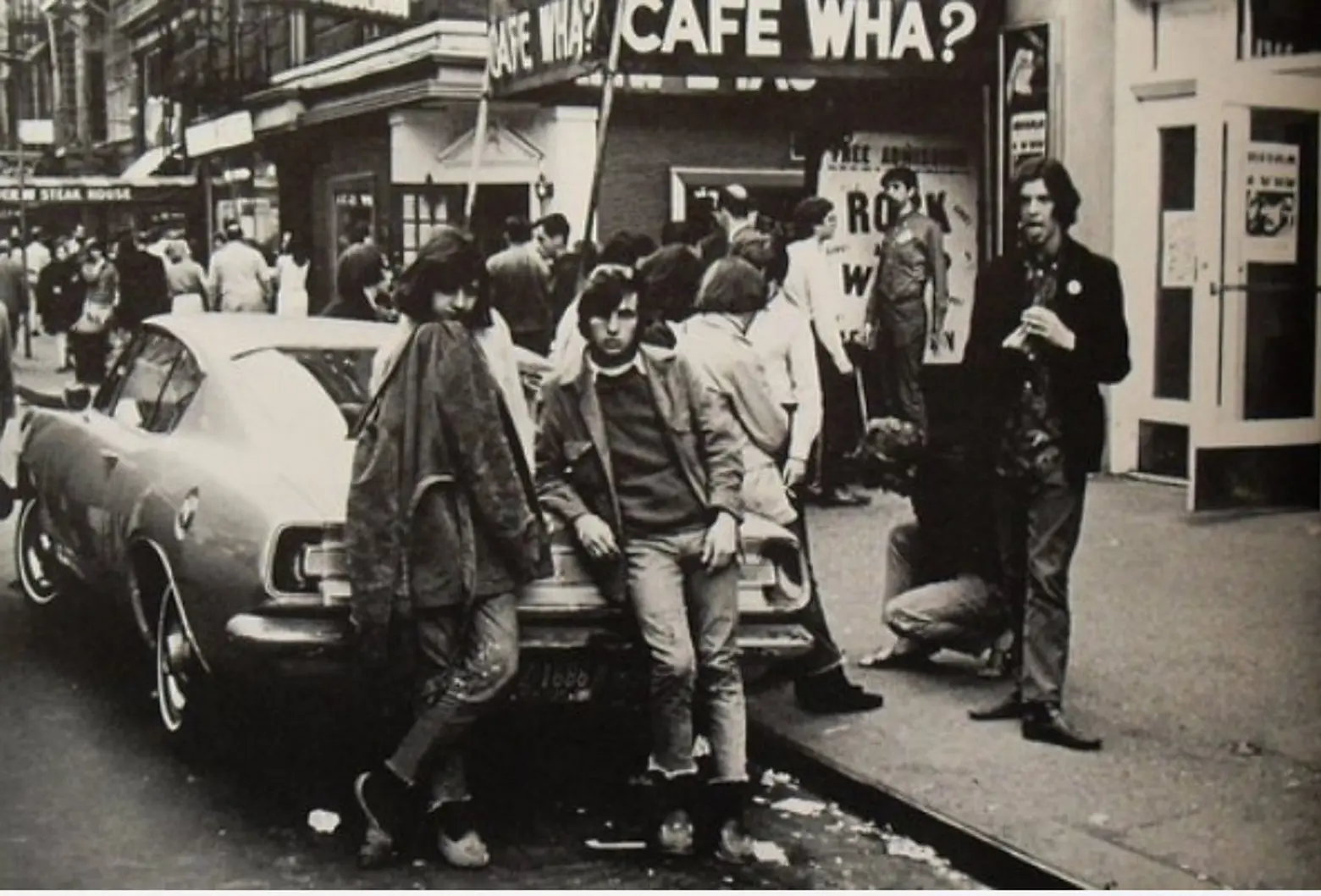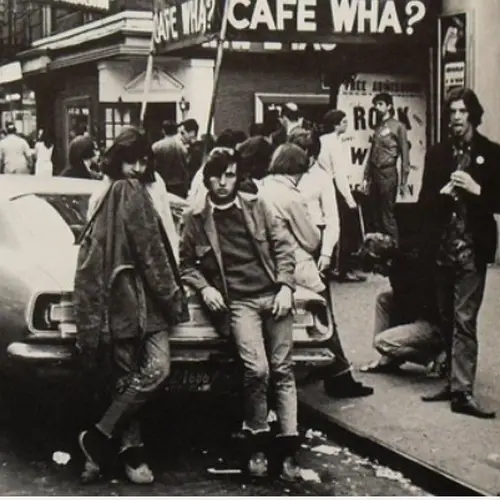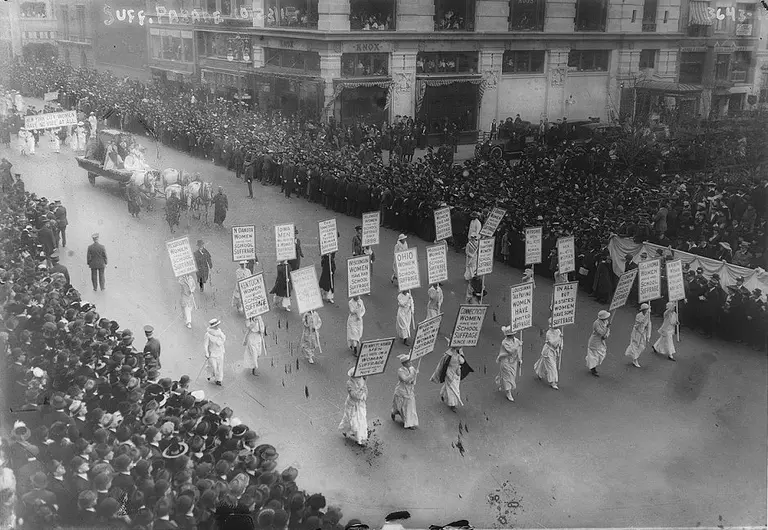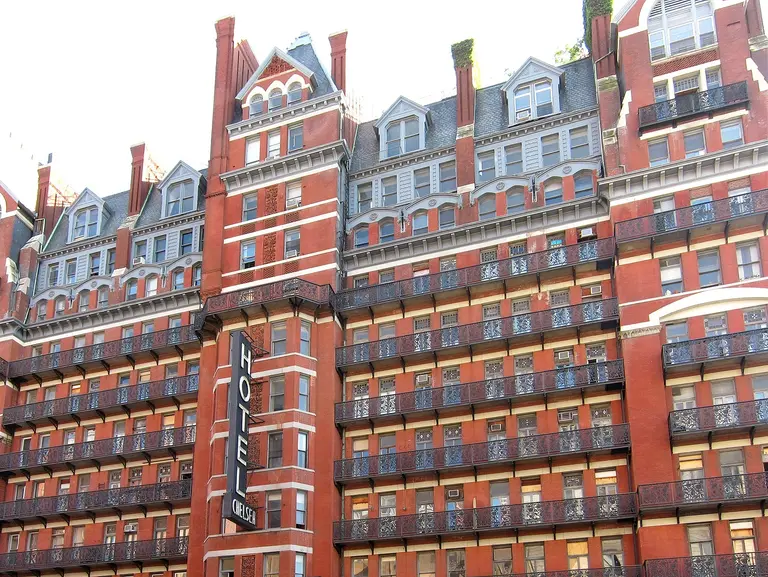How a 15th-century French migration gave us the term ‘Bohemian’

Greenwich Village Bohemians outside Cafe Wha in the 1960s, via Vintage Everyday
“Bohemian” may be hard to define, but we all know it when we see it. But even in a city like New York, where bohemian can be used to describe everything from a polished West Village cafe to a South Bronx squat, few people know why exactly we today use this term, connected to a medieval Central European kingdom, to describe those with a countercultural bent.
The term’s current use goes back to 19th century Paris. A certain type of person most closely associated with the city’s Latin Quarter, who spent their lives outside of the conventional norms of the day, listening to or performing music, immersing themselves in the arts or other non-traditional pursuits, came to be known as bohemians. It was popularized by Henri Murger’s stories “Scenes de la vie de boheme,” which first appeared in the 1840s, and which formed the basis for Puccini’s 1896 opera “La Boheme” (this later became the basis for the Broadway play, and then movie, “Rent.”).
But why were these French non-conformists called bohemians? It all began about 1,500 years ago in northwestern India, when war or some other cataclysm uprooted a group of people who then began a wandering existence, which in many cases continues to this day. When they arrived in Europe, these stateless people were unable to find a permanent home and were often ostracized, or worse, wherever they went. As they spread across Europe, they tended to live in movable bands, unbound by many of the same responsibilities or obligations as their neighbors, but often lacking in the same rights or legal status as well. Referred to as “gypsies” by some, they often dabbled in the mystical arts, used music as a form of communication and social connection, and looked, dressed, and acted distinctly and differently from their contemporaries.
The one exception to their stateless existence? In 1423 they arrived in the Kingdom of Bohemia, where they were actually embraced, at least for a time, by King Zikmund. He offered the travelers a letter that recognized their existence as friends of the kingdom and urged all who would encounter them to accept them warmly. Apparently, when they arrived in France sometime later, they brought this document with them, and because of it were referred to by the French as ‘les bohemians.’
While the gypsies, or Roma people as they are now called, encountered their share of scorn and disdain in France, there as elsewhere they were also romanticized by some, seen to embody a carefree and colorful lifestyle. For this reason, the term “bohemians” in France came to eventually be more generally applied those who lived a freewheeling and unfettered lifestyle, making or appreciating music or art, outside the bounds of the convention of the day.
Centuries later, whether in Brooklyn, the South Bronx, or on Avenue B, the name has stuck.
+++
This post comes from the Greenwich Village Society for Historic Preservation. Since 1980, GVSHP has been the community’s leading advocate for preserving the cultural and architectural heritage of Greenwich Village, the East Village, and Noho, working to prevent inappropriate development, expand landmark protection, and create programming for adults and children that promotes these neighborhoods’ unique historic features. Read more history pieces on their blog Off the Grid.

































